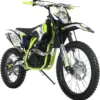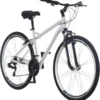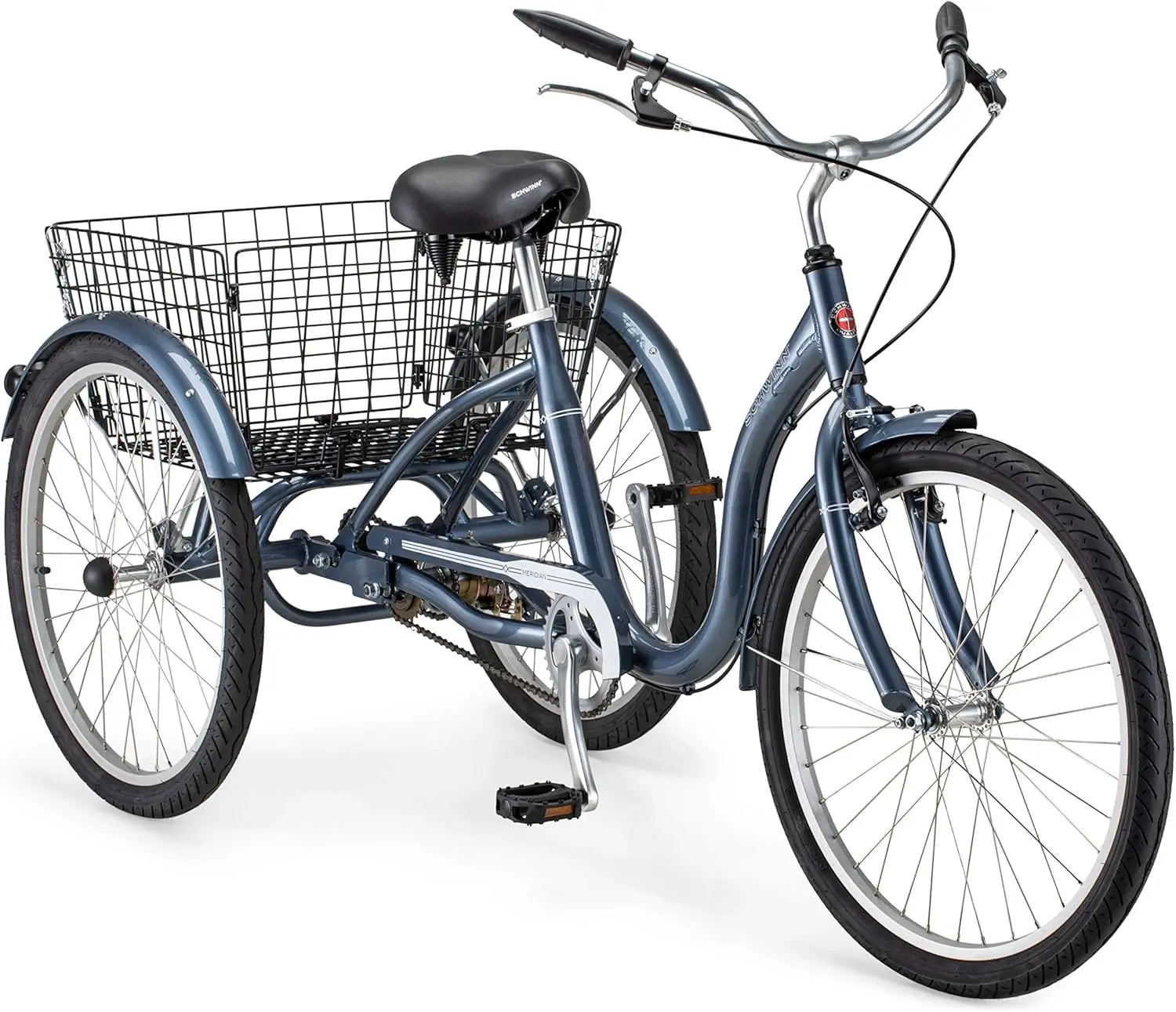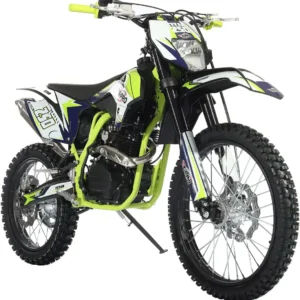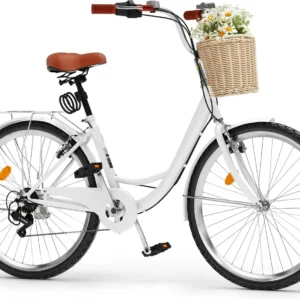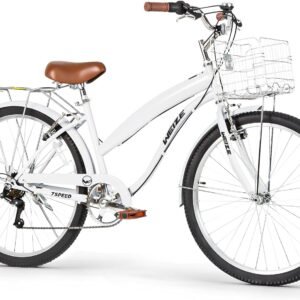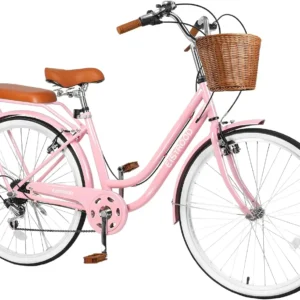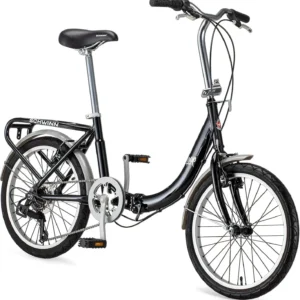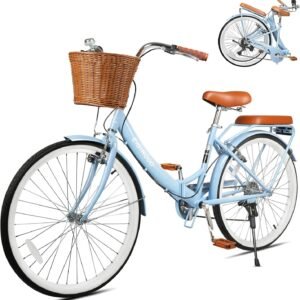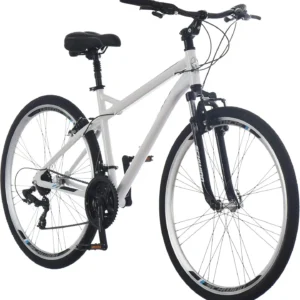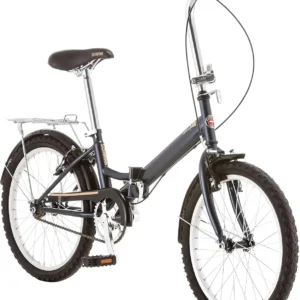Bike Wheel 3: The Complete Guide to Three-Wheel Bicycles for Enhanced Stability and Comfort
Three-wheel bicycles, commonly referred to as “bike wheel 3” configurations, are revolutionizing how people approach cycling in 2025. Whether you're seeking enhanced stability, improved comfort, or simply exploring alternative cycling options, understanding the unique benefits and features of bike wheel 3 designs can transform your riding experience.
What Makes Bike Wheel 3 Different from Traditional Bicycles?
Traditional bicycles rely on two wheels and rider balance, but bike wheel 3 configurations eliminate this challenge entirely. The third wheel provides inherent stability, making these bikes ideal for riders who struggle with balance or want a more relaxed cycling experience.
Furthermore, three-wheel bicycles typically feature a lower center of gravity compared to standard bikes. This design characteristic enhances stability during turns and stops, providing riders with increased confidence on various terrains.
Key Advantages of Three-Wheel Design
Enhanced Stability: The triangular wheel configuration creates a stable platform that doesn't require constant balance adjustments. This feature particularly benefits older adults, individuals with mobility concerns, or anyone seeking a stress-free ride.
Improved Comfort: Most bike wheel 3 models feature wider, more comfortable seats and ergonomic positioning that reduces strain on the back and joints.
How Do You Choose the Right Bike Wheel 3 for Your Needs?
Selecting the perfect three-wheel bicycle depends on your intended use, physical requirements, and terrain preferences. Consider these essential factors before making your decision.
Weight Capacity: Different models support varying weight limits, typically ranging from 250 to 400 pounds. Always check manufacturer specifications to ensure your chosen bike meets your requirements.
Wheel Configuration: You'll encounter two main designs – delta (two wheels in back, one in front) and tadpole (two wheels in front, one in back). Delta configurations offer easier mounting and dismounting, while tadpole designs provide superior handling and speed.
Performance Considerations
| Feature | Delta Configuration | Tadpole Configuration |
|---|---|---|
| Stability | High | Very High |
| Speed | Moderate | High |
| Turning Radius | Wider | Tighter |
| Ease of Entry | Easier | Moderate |
| Cost | Lower | Higher |
The choice between these configurations significantly impacts your riding experience. Delta trikes excel in comfort and ease of use, making them perfect for casual riders and those with mobility limitations. Meanwhile, tadpole trikes appeal to performance-oriented cyclists who want speed without sacrificing stability.
Are Three-Wheel Bicycles Safe for All Ages?
Safety represents one of the primary advantages of bike wheel 3 configurations. The inherent stability eliminates the risk of tipping over while stationary or at low speeds, addressing common concerns many people have about traditional cycling.
Child Safety: Three-wheel bicycles provide excellent training wheels alternatives for young riders. Children can focus on pedaling and steering without worrying about balance, building confidence more quickly than with traditional bicycles.
Senior Safety: For older adults, bike wheel 3 options offer a way to maintain active lifestyles without balance-related concerns. The stable platform allows seniors to enjoy cycling well into their golden years.
Important Safety Considerations
However, riders should understand that three-wheel bicycles handle differently than traditional bikes. The wider wheelbase requires more space for turning, and the handling characteristics take some adjustment, especially when cornering at higher speeds.
Additionally, visibility can be a concern due to the lower riding position on many three-wheel models. Bright colors, reflective materials, and proper lighting become even more crucial for safe riding.
What Are the Best Features to Look for in Modern Three-Wheel Bicycles?
Today's bike wheel 3 models incorporate advanced features that enhance comfort, performance, and versatility. Understanding these features helps you make an informed purchasing decision.
Electric Assistance: Many contemporary three-wheel bicycles offer electric motor assistance, transforming hills and longer distances into manageable rides. These e-trike systems typically provide 20-50 miles of range, depending on terrain and assistance level.
Cargo Capacity: Three-wheel designs naturally accommodate larger cargo areas. Look for models with rear baskets, front carriers, or even dedicated cargo compartments for groceries, equipment, or personal items.
Advanced Component Integration
Modern three-wheel bicycles increasingly feature components borrowed from high-end traditional bikes. These include:
- Hydraulic disc brakes for superior stopping power
- Multi-speed drivetrains for tackling various terrains
- Adjustable suspension systems for enhanced comfort
- Integrated lighting systems for improved visibility
Moreover, many manufacturers now offer folding three-wheel models, addressing storage concerns that previously limited adoption of these bikes.
How Do Three-Wheel Bicycles Compare to Traditional Bikes and Motorcycles?
Understanding how bike wheel 3 configurations stack up against alternatives helps clarify their unique position in the cycling landscape.
Versus Traditional Bicycles: Three-wheel bikes sacrifice some speed and agility for stability and comfort. They're heavier, require more storage space, and cost more initially. However, they offer unmatched stability and often superior cargo capacity.
Versus Motorcycles: Three-wheel motorcycles exist, but they're significantly more expensive, require licensing, and consume fuel. Pedal-powered three-wheel bicycles offer similar stability benefits with exercise advantages and environmental friendliness.
Performance Metrics Comparison
The performance characteristics of bike wheel 3 configurations differ substantially from traditional alternatives:
- Speed: Generally 10-15% slower than equivalent two-wheel bicycles
- Efficiency: Require approximately 20% more energy due to increased weight and rolling resistance
- Maneuverability: Wider turning radius but more predictable handling
- Comfort: Significantly higher comfort ratings in user surveys
Maintenance and Longevity of Three-Wheel Bicycles
Proper maintenance ensures your bike wheel 3 investment provides years of reliable service. The additional wheel and more complex drivetrain require slightly more attention than traditional bicycles.
Tire Maintenance: With three tires instead of two, regular pressure checks and rotation become more important. Uneven tire wear can affect handling and safety.
Brake System Care: Three-wheel bicycles typically feature more sophisticated braking systems due to their weight and momentum. Regular brake inspections and adjustments are crucial for safe operation.
Long-Term Durability Factors
Quality three-wheel bicycles typically last 10-15 years with proper maintenance. The additional structural components and reinforced frames often make them more durable than traditional bicycles, offsetting the higher initial investment.
Component Replacement: Most parts are standard bicycle components, making replacements readily available. However, frame repairs can be more complex due to the three-wheel design.
Future Trends in Three-Wheel Bicycle Technology
The bike wheel 3 market continues evolving with technological advancements and changing consumer preferences. Electric assistance integration is becoming standard, while smart features like GPS tracking and smartphone connectivity are emerging.
Battery Technology: Improved lithium-ion batteries now provide longer range and faster charging for electric three-wheel models. Some manufacturers are experimenting with removable battery packs for convenient charging.
Material Innovation: Carbon fiber and advanced aluminum alloys are making three-wheel bicycles lighter without sacrificing strength. These materials also enable more aerodynamic designs that improve efficiency.

